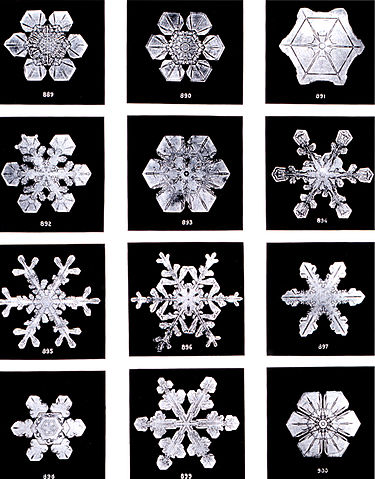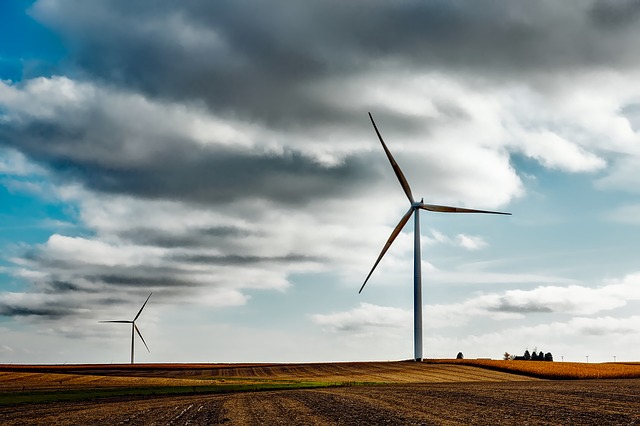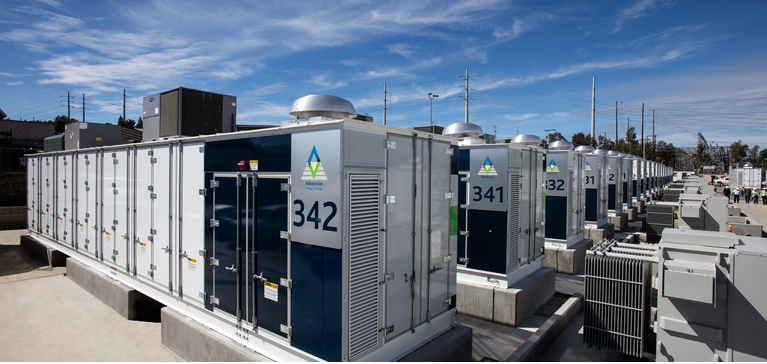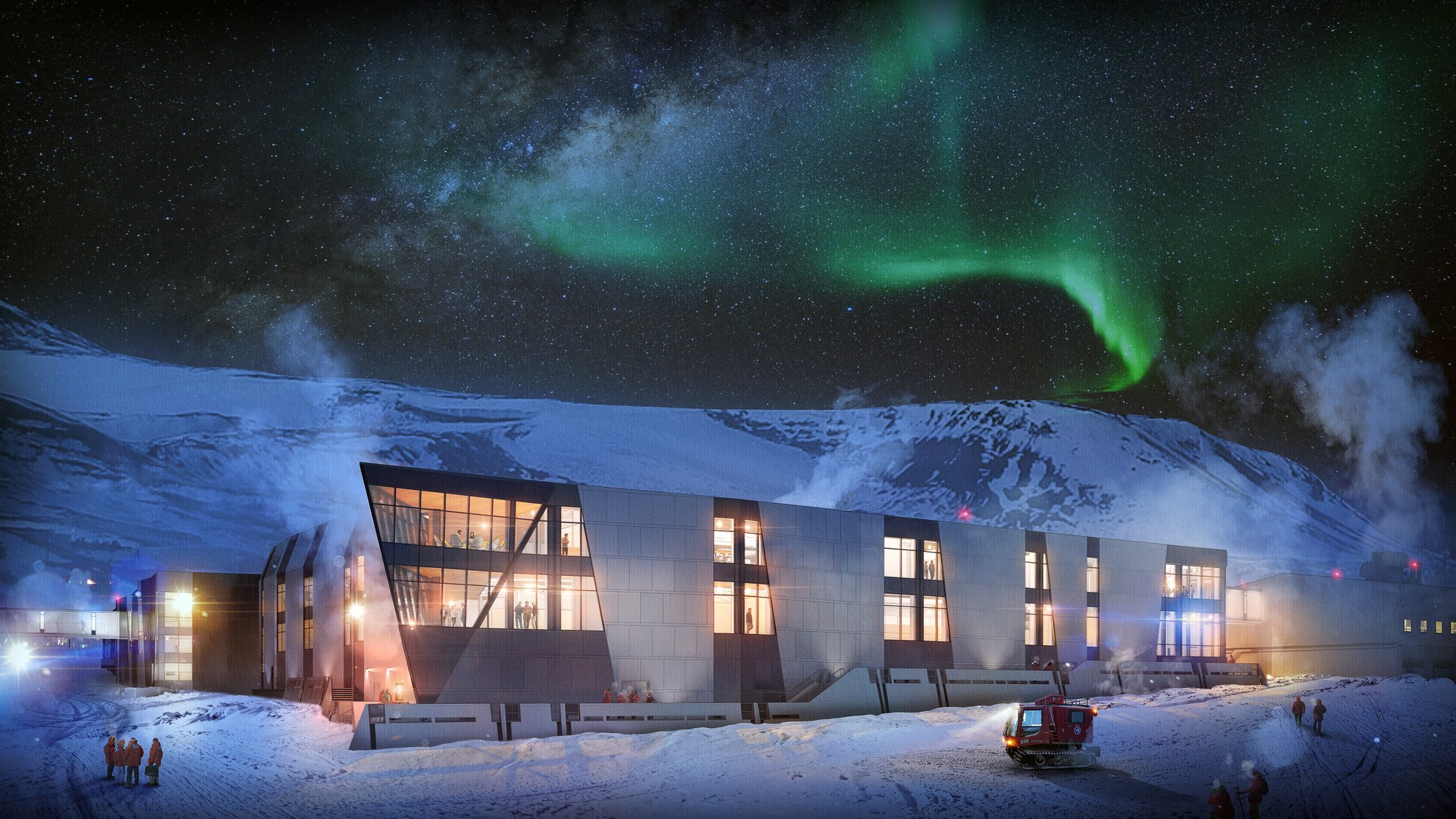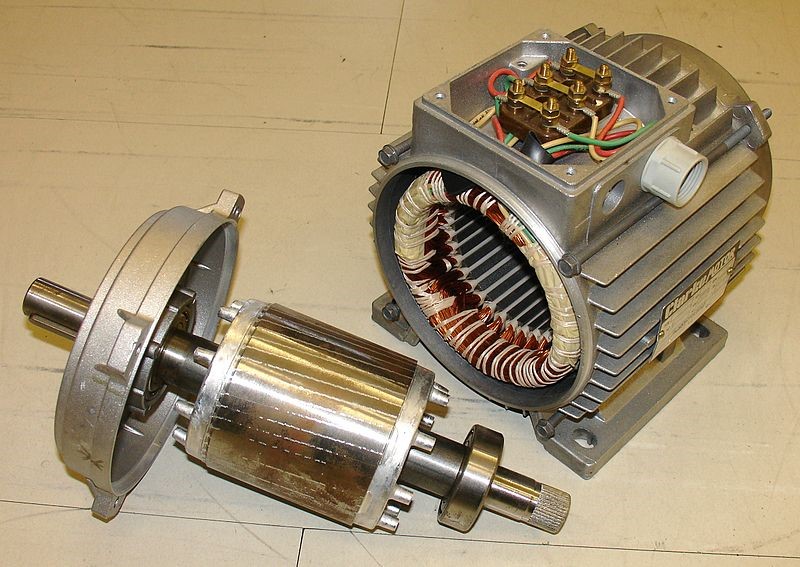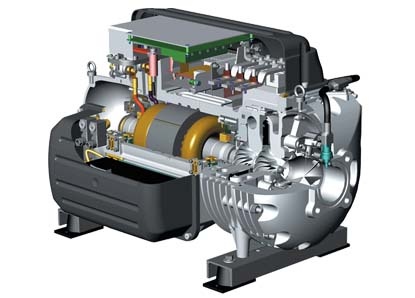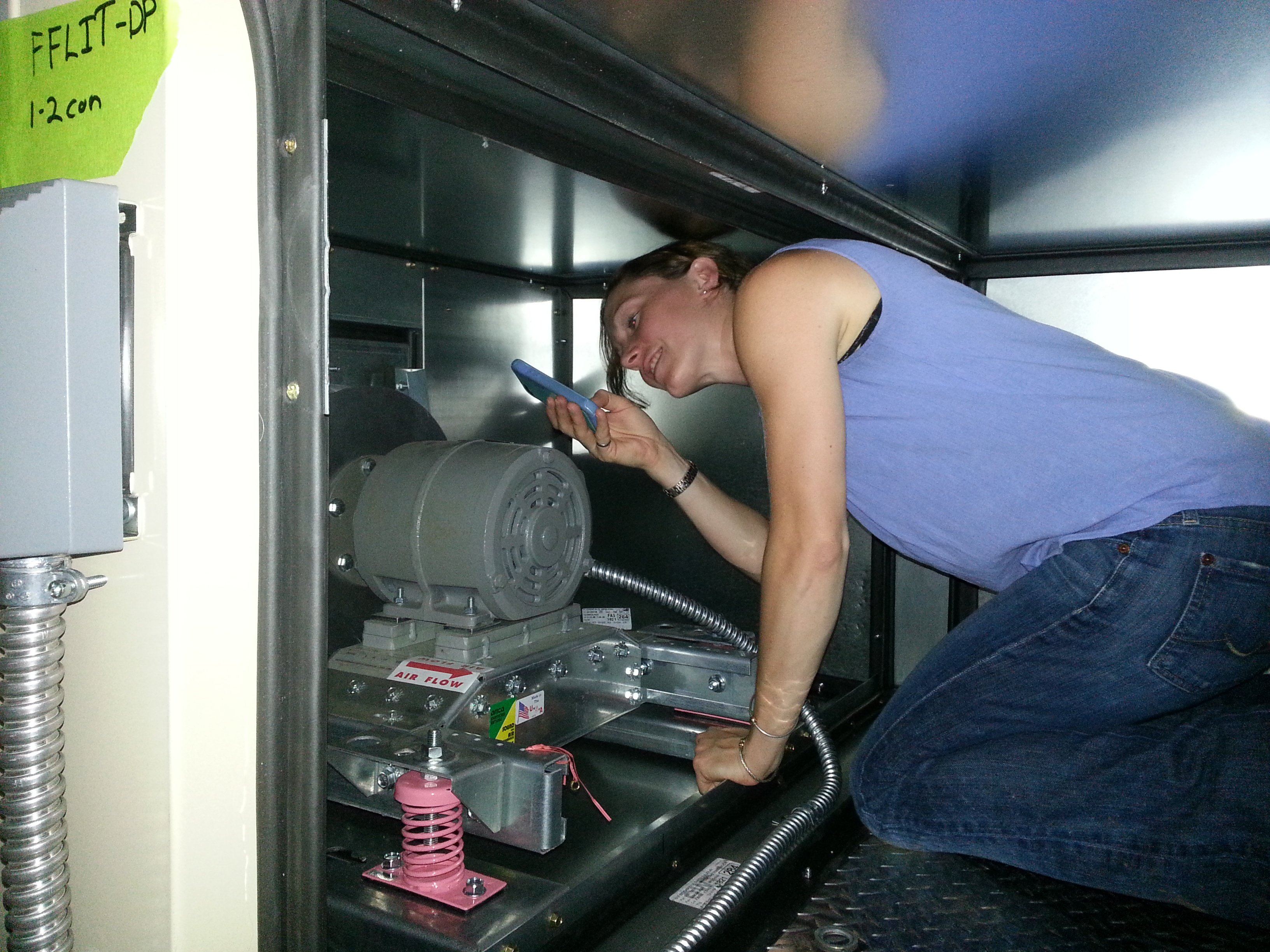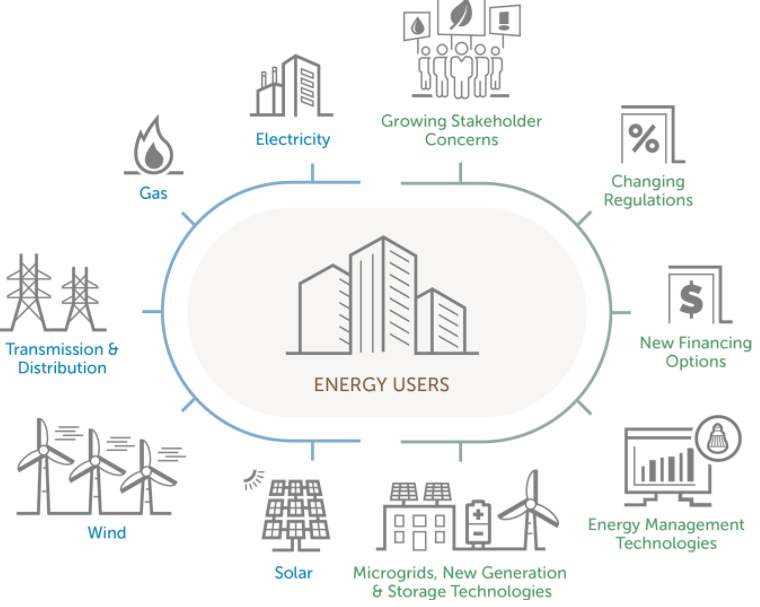Wilson “Snowflake” Bentley was born in my home town of Jericho VT in 1865. My town is situated in Vermont in a unique way that allows for a lot of annual snow (by Vermont standards). Not only does Jericho get a lot of snow, but we also seem to be situated in such a way that we get perfect snowflakes that don’t clump together. This is what allowed Mr. Bentley to become one of the first known photographers of snowflakes. He invented his own way of catching flakes using black velvet, so they wouldn’t melt or evaporate before he could get a picture of them.
2 min read
Retaining Energy Savings, and Snowflakes
By Rick Stehmeyer on Dec 29, 2017 4:40:00 PM
Topics: Sustainability Energy Efficiency
2 min read
The Role of Thermal Energy Storage in Electric Grid Management
By Daniel Tuhus-Dubrow on Nov 29, 2017 10:00:00 AM
I spend most of my time focused on improving energy efficiency in buildings. Common recommendations include improving scheduling so that equipment doesn’t run continuously 24/7 or implementing lighting controls so that lights automatically turn off when nobody is in the space. These types of measures can significantly reduce electricity consumption but may have little impact on the building peak demand, let alone the grid peak demand.
Topics: Energy Efficiency Building Performance & Technology
5 min read
Can We Transition to Renewable Energy Systems without Government Support?
By Eveline Killian on Nov 9, 2017 10:00:00 AM
According to various studies, the United States is beating its energy reduction and renewable energy production goals beyond any federal predications. Total energy consumption in 2016 was 17% lower than expected, wind power production was 79% higher, and solar production was 383% higher than the United States Department of Energy predicted in a February 2007 report, as stated in the October 5, 2017 Statista Portal. In addition, a 2017 U.S. Energy and Employment Report finds that 45% of the 1.9 million workers in the Electric Power Generation and Fuels technologies are in the low-carbon emission generation technologies (renewables, nuclear, and advanced/low emission natural gas).
Topics: Sustainability Public Policy Energy Efficiency
5 min read
Designing a High-Performance Building for Antarctic Conditions
By Gretchen Schimelpfenig on Sep 20, 2017 10:43:22 AM
The process of designing and constructing a highly efficient, comfortable, and healthy building is challenging enough when the site is in the United States; that becomes a much more difficult endeavor when the site is on the most remote and coldest place on Earth. The design team for the new McMurdo Station in Antarctica approaches the problem with a holistic mindset centered around stewardship.
Topics: Energy Efficiency Building Performance & Technology
5 min read
Understanding Electronically Commutated Motors
By Eveline Killian on Aug 2, 2017 10:00:00 AM
Although electronically commutated motors (ECMs) are specified in efficient buildings, and energy efficiency programs provide incentives for their installation, I only had a cursory understanding of the difference between this technology and traditional shaded pole or permanent split capacitor type motors. What makes ECMs more efficient?
Topics: Energy Efficiency Building Performance & Technology
2 min read
An Energy Efficiency Horoscope
By Jennifer Chiodo on Jul 26, 2017 10:00:00 AM
Imagining an energy efficiency horoscope for three of its most promising players …
Topics: Energy Efficiency
3 min read
Magnetic Bearing Chillers - Proven Efficiency and Reliability
By Eveline Killian on Jul 19, 2017 10:00:00 AM
Office building cooling energy in the United States accounts for 7.4% of this country’s total commercial energy consumption, and chillers alone provide 31.9% of this space cooling. (The largest provider of space cooling is packaged rooftop units, which account for over 51%[1].) So, when an improved technology is proven to be successful, it’s worth the time to explore its merits. And so, it is with magnetic bearing centrifugal chillers.
Topics: Energy Efficiency Building Performance & Technology
3 min read
The Importance of Functional Performance Testing BAS Outputs
By Walker Calderwood on Jul 12, 2017 10:00:00 AM
Previous blog posts from my colleagues and I contain a detailed explanation of functional performance testing (FPT), an overview of how functional performance tests are created, and specific examples of how conducting FPT contributes to better building performance and energy savings. In this post I would like to expand upon the previous post “Functional Performance Testing Done Right: Details Matter.”
Topics: Building Cx & Design Review Energy Efficiency
2 min read
Acting Locally After Paris Accord Withdrawal
By Daniel Tuhus-Dubrow on Jun 21, 2017 10:00:00 AM
Following the withdrawal of the United States from the Paris Climate Agreement and the abdication of responsibility at the federal level to address climate change, the action now moves to states, municipalities, businesses and individuals. Fortunately, there are a lot of exciting things happening right now in these arenas, which could go a long way toward filling the current leadership vacuum. This post will survey some of the efforts underway, with a focus on initiatives aimed at improving energy efficiency in buildings.
Topics: Public Policy Energy Efficiency
3 min read
The Emerging Business Model of Energy-as-a-Service (EaaS)
By Eveline Killian on May 24, 2017 10:00:00 AM
I recently read an article about an emerging business model, Energy-as-a-Service (EaaS), which is a deviation from traditional power purchase agreements (PPAs) and Energy Management services. In its basic form, “energy as a service” is the idea that an outside service company guarantees a building’s future energy costs. If the building uses more energy than predicted, the service company is responsible for the difference. But if the building uses less energy than contracted, the service company profits. From the building owner’s perspective, it’s a way to manage overhead electricity costs that fluctuate by time-of-day rates and demand peaks, and fossil fuel costs that fluctuate throughout the year. For the service company, it is a way to be creative in energy supply and management, and an incentive for efficiency improvement.

